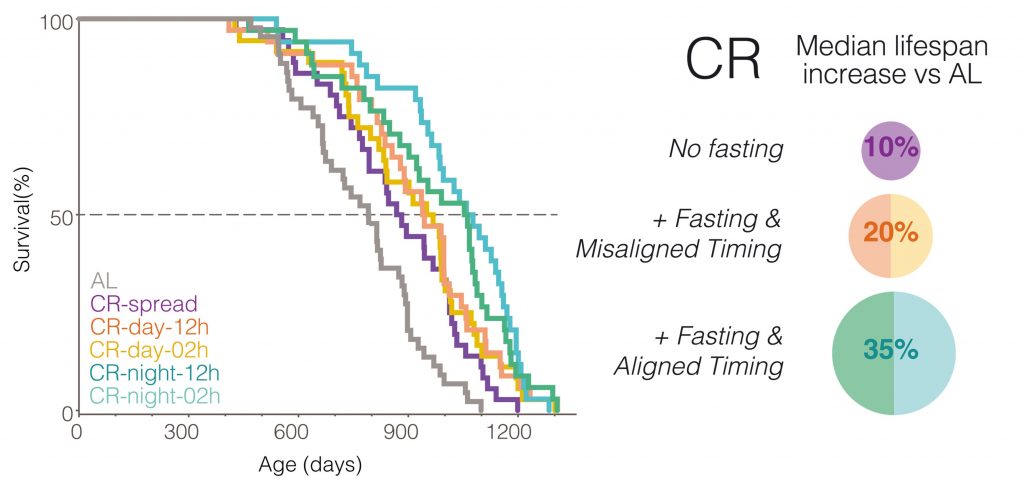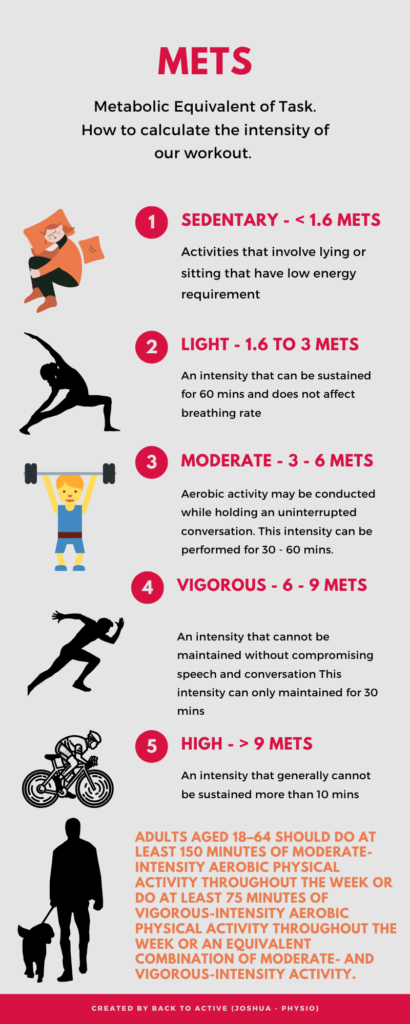Key Points:
- Johnson is attempting to live longer by eating only 2000 calories a day.
- He also exercises for an hour a day to potentially increase his longevity.
- Johnson appears to be getting just enough exercise to maximize the probability of prolonging his lifespan.
Bryan Johnson is an entrepreneur turned millionaire who has said, “I want to go to the absolute limits of what’s possible in the form of slowing my speed of aging.” While this is no small task, as part of his age-slowing regimen, Johnson exercises for an hour a day. He says that during this hour-long training session, he basically stretches and flexes every muscle in his body.
However, in a YouTube Short taken from an interview with Chris Williamson, Johnson is asked why he doesn’t train more, saying that an hour a day doesn’t seem like much. Williamson presumed, half-jokingly, that achieving the optimal amount of exercise for longevity would have to be something like,
“Two and a half hours, and it would have included all manner of high-intensity interval training and a shitload of zone two, and there would have been 45 minutes of Yin Yoga stretching with breathwork.”
Johnson responds by pointing out a critical component of his age-slowing regimen — caloric restriction (CR) — which is eating fewer calories without malnourishment. In the interview, Johnson says he consumes about 1,980 calories each day but needs 2,655 calories (the recommended caloric intake for his age and activity levels), placing him at a 15% caloric deficit.
Caloric Restriction and Aging
The holy grail of aging research is to extend the human lifespan while still maintaining good health, referred to as healthspan. This means living beyond the average life expectancy without having to deal with any of the chronic diseases that plague older individuals, including heart disease, Alzheimer’s, and cancer.
However, due primarily to time constraints and costs, conducting experiments examining the extension of human lifespan is unfeasible. Therefore, one of the next best things is to conduct these experiments on mice. With that being said, the intervention that has most reliably been shown to extend the lifespan and healthpsan of mice is CR.

It follows that if CR extends the lifespan of mice, it could potentially increase the lifespan of humans. Additionally, CR has been shown to improve healthspan-related factors in humans. For example, a 12-25% caloric deficit has been shown to reduce body weight, inflammation, and mortality risk. Therefore, it would seem that CR could improve both the health and lifespan of humans, which is exactly what Johnson, the living longevity experiment, wants.
What Is Too Much Exercise?
Like CR, exercise has also been shown to increase the lifespan of mice. Furthermore, countless studies have shown the healthspan-related benefits of exercise. For example, resistance exercise improves muscle and bone health while aerobic exercise improves cardiovascular health. Moreover, both resistance and aerobic exercise improve brain health.
While most individuals struggle to get enough exercise, it is also possible to get too much exercise. In the interview with Williamson, Johnson says,
“You know when you do too much exercise there’s a U-shaped curve where you start inflicting harm on the system.”
The U-shaped curve Johnson may be referring to is the graph showing the association between mortality risk and weekly exercise levels.

MET (Metabolic Equivalent of Task) values depend on exercise intensity, so being sedentary counts for fewer METs than moderate or vigorous exercise. Therefore, MET-minutes are determined by both intensity and duration. According to the U-shaped curve, getting about 2,400 MET-minutes/week of exercise maximizes the probability of living longer. However, going above 2,400 MET-minutes/week diminishes this probability.
An example of adequate exercise would be walking briskly, a form of moderate exercise, for 150 minutes a week. Assuming a MET value of 6, walking briskly for 150 minutes a week would equal 900 MET-minutes/week. An example of too much exercise would be doing 600 minutes of cycling, a form of vigorous exercise, per week. Assuming a MET value of 6, cycling for 600 minutes a week would equal 3,600 MET-minutes/week.
For his anti-aging workout, Johnson gets 67 minutes of light exercise, 277 minutes of moderate exercise, and 85 minutes of vigorous exercise. Depending on the intensity of his workout, he can easily be getting 2,400 MET-minutes of exercise per week this way. This would put him at the bottom of the U-shaped curve, where the probability of all-cause mortality is the lowest.
Johnson’s Exercise Levels Seem to Be Optimal for Longevity
Considering the U-shaped curve and his exercise routine, Johnson seems to be getting just enough exercise to maximally reduce mortality risk. This potentially makes his exercise levels optimal for longevity — increasing one’s lifespan. The real crux may be the CR, with a major tradeoff being low testosterone levels. For this reason, Johnson supplements with a 2 mg dermal patch of testosterone. Moreover, Johnson’s extensive anti-aging protocol not only includes exercise and CR but also one hundred pills and a strict sleep routine. With this protocol, we may see Johnson living beyond the average male life expectancy of 77 years old.

